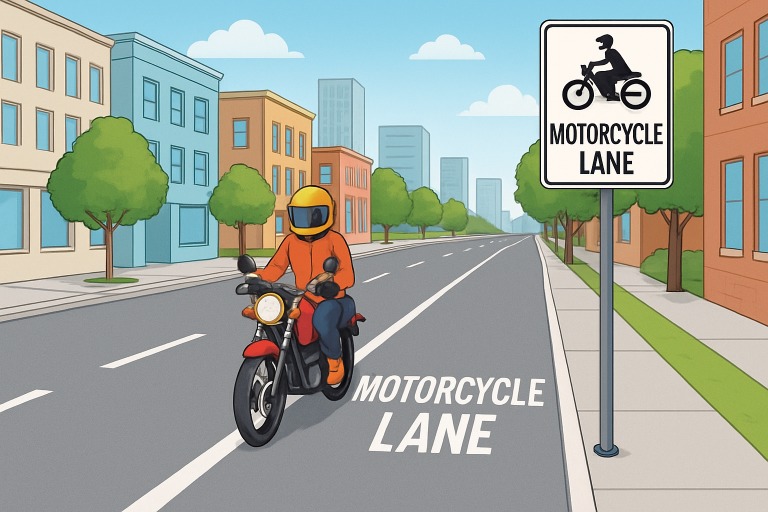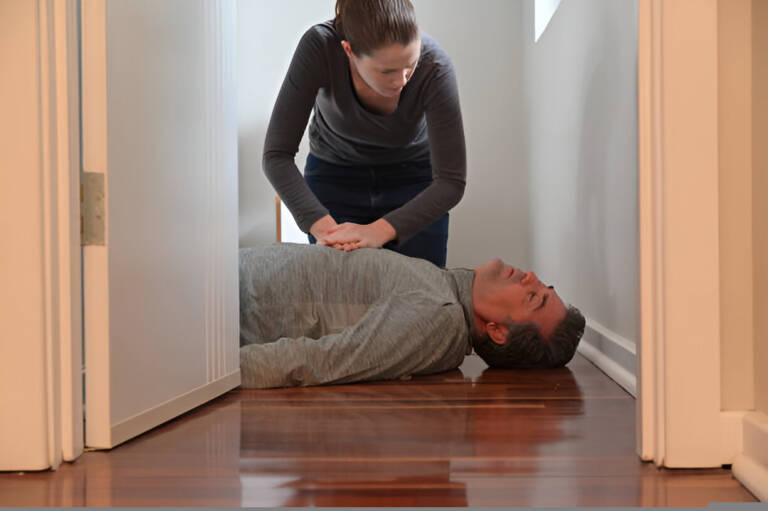Key Takeaways
- Making small changes in road infrastructure and rider behavior can greatly reduce motorcycle accident risks.
- Data-driven strategies and community action play crucial roles in keeping riders safer.
- Public awareness, new technology, and collaboration between motorists offer a path to a safer future for everyone on the road.
Why Motorcycle Safety Matters
Motorcyclists face higher road risks compared to passenger vehicle drivers, leading to higher fatality rates. The National Highway Traffic Safety Administration states that motorcyclists account for a disproportionate number of serious injuries and fatalities. Proactive navigation, awareness of motorcycles in blind spots, and support for local safety initiatives can significantly reduce these risks. Those affected by motorcycle accidents often turn to experienced professionals like LawBike motorcycle injury lawyers for guidance and support in the aftermath. Their focus on protecting rider rights highlights the importance of legal advocacy alongside prevention. Beyond seeking compensation, these professionals help riders understand their legal options, deal with insurance companies, and navigate complex medical expenses. By standing up for injured motorcyclists, they ensure victims are not left to face financial and emotional burdens alone. Ultimately, their work reinforces the message that every rider deserves both safety on the road and justice when accidents occur.
Common Causes of Motorcycle Accidents
- Distracted or inattentive driving by other motorists
- Poor road conditions, such as potholes, loose gravel, or uneven surfaces
- Low visibility due to weather, lighting, or obstacles
- Improper lane changes and failure to yield the right-of-way
- Rider error, including speeding or impaired riding
Reports from the Insurance Institute for Highway Safety show that motorcycle accidents usually result from a combination of these factors. Identifying what puts riders at risk allows communities and individuals to focus their attention on the most impactful prevention measures, from better maintenance to increased vigilance on the part of drivers and riders alike.
Proven Strategies To Prevent Crashes
- Enhance visibility with reflective gear and properly functioning headlamps, especially at night or in poor weather conditions.
- Consistently follow traffic laws and maintain safe speeds appropriate for the environment.
- Perform regular maintenance checks on motorcycles to ensure brakes, tires, and lights are in optimal condition.
- Complete state-approved rider safety courses, which are proven to reduce crash rates and improve rider preparedness.
- Avoid risky maneuvers, sudden lane changes, and riding in other vehicles’ blind spots.
By prioritizing visibility, adhering to traffic laws, and maintaining bikes, riders increase their safety margins considerably. Investing time in advanced training pays off by equipping motorcyclists with the skills to navigate unpredictable situations and avoid common hazards on the road.
Role Of Road Design And Infrastructure
City planners and transportation departments play a crucial role in enhancing road safety through proactive measures such as smooth pavement, updated signage, and pothole repairs. Traffic-calming features like roundabouts and motorcycle-priority lanes reduce severe crashes. Clear signage guides riders, upgraded street lighting reduces nighttime accidents, and ongoing road maintenance eliminates unexpected hazards. Incorporating incremental infrastructure updates like rumble strips and tactile pavement can also reduce risk.
The Impact Of Protective Gear
Protective gear remains one of the simplest yet most effective safeguards. A properly fitted, DOT-approved helmet can reduce the risk of traumatic brain injury by over 60%, according to multiple studies. Wearing armored jackets, gloves, and boots minimizes abrasions and serious injuries in the event of a fall or collision. While helmet laws vary by state, the data is unequivocal: quality gear saves lives and limits injury severity.
Community Involvement In Safety
Building a safer environment for motorcyclists depends in part on grassroots action. Local riding clubs and nonprofits often run workshops on safe riding practices and provide mentorship for less experienced riders. Community-led awareness campaigns and ride events reinforce best practices and foster a culture of mutual support. By sharing real stories and lessons learned, these groups influence lasting behavioral change and build safer habits among motorcyclists and car drivers alike.
Technology And The Future Of Rider Safety
New advances in rider safety technology offer hope for even greater reductions in motorcycle accidents. Anti-lock braking systems (ABS), traction control, and cornering safety features are becoming standard on newer bikes. Smart helmets—featuring integrated navigation, rear-view cameras, and impact sensors—deliver real-time alerts to prevent collisions. The evolution of vehicle-to-vehicle communication further empowers riders and drivers to anticipate and respond to hazards sooner, paving the way for unprecedented improvements in safety.
How Everyone Can Make A Difference
Building safer streets takes a collaborative effort. Motorists should practice double-checking blind spots, yielding extra space, and refraining from distracted driving. Riders can commit to ongoing education, consistent use of protective gear, and responsible decisions behind the handlebars. Municipal leaders and policymakers have a responsibility to fund and support infrastructure improvements, educational outreach, and rigorous data analysis to track progress.
When all road users—drivers, riders, planners, and law enforcement—work in sync, the gap between today’s risks and tomorrow’s safety shrinks dramatically.






